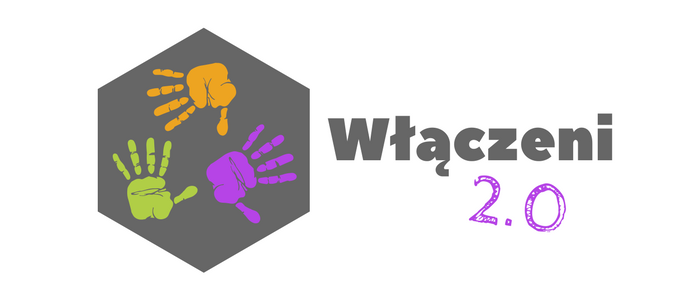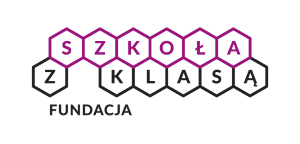
Description
What is NaprawmyTo.pl?
Many things irritate us in our immediate surroundings – hateful graffiti that we pass on our way to work, a hole in the pavement that we fall into every now and then, or a broken timetable at a bus stop near the house. We will not solve most of these matters on our own – we do not have the necessary resources or time, and it is difficult for the municipal authorities to notice them because they are often minor problems.
How much easier would it be if, after noticing such a defect, it was possible to immediately report the matter to the appropriate person in the commune office …
That is why the NaprawmyTo.pl website was created. It want to facilitate the work of local governments and the lives of residents. They believe that many issues that irritate us on a daily basis can be solved very easily. You do not need a petition for this, but efficient cooperation and dialogue between the authorities and the citizen, which is possible through our website.
This is a promise made by the local government to the residents of the commune that each case will be quickly and fairly dealt with, and if nothing serious prevents, the problem will be solved. This is also a commitment for citizens, which prevents them from complaining idly and gives them the opportunity to repair their surroundings. In this way, the resident gains matters settled quickly, and the local government knows what problems the residents have to deal with and can meet their expectations more easily.
Organisators believe that this approach is a simple way to build the social trust that we need so much in Poland. Therefore, their dream is not only to beautify Polish cities, but also to build a civil society by showing residents and local government officials that cooperation pays off for both parties.
- Included 2.0 (Włączeni 2.0)
The Included 2.0 project helps Warsaw institutions cooperating with young people that want to open up to a participatory model of action, involve young people in creating their offer and co-decide about the life of the institution. The project is being implemented for the second time. The aim is to open institutions to dialogue and cooperation with young people. The goal is to support the staff of municipal institutions in dialogue with young people and to increase the sense of agency and responsibility of young people for the activities in which they participate and the life of the institutions whose offers they use.
The project include:
- a seminar for the staff of institutions cooperating with youth, to help institutions prepare for new forms of work with young people, and to show good examples of young people’s participation in the daily
- life of institutions and to familiarize participants with basic participatory techniques. It’s an opportunity for institutions participating in the project to get to know each other and exchange good practices;
- a workshop on the diagnosis of needs, common for adults and youth representatives, based on the design thinking method; during the workshop, participants diagnose the needs of their institution and plan activities together;
- selecting and implementing one of the paths on which the institution should implement its project:
- Participatory budget for beginners: how to take the first steps in changing space in cooperation with young people;
- Youth in Action: organizing a youth-led day in the facility;
- Let’s show ourselves: website and social media in the hands of young people;
- We have the power: that is, young people get involved in co-creating the institution’s offer;
- workshop with an expert for each institution who will support the institution in the implementation of the selected project;
- individual coaching / mentoring support in the implementation of the project – stationary and online meetings determined individually.
At the end, a publication was created with collection of good practices, tips and substantive materials developed in the project.
In each institution, Project Teams consisting of employees (staff) and Youth Teams (at least 4 people related to each institution) are involved in the work.
